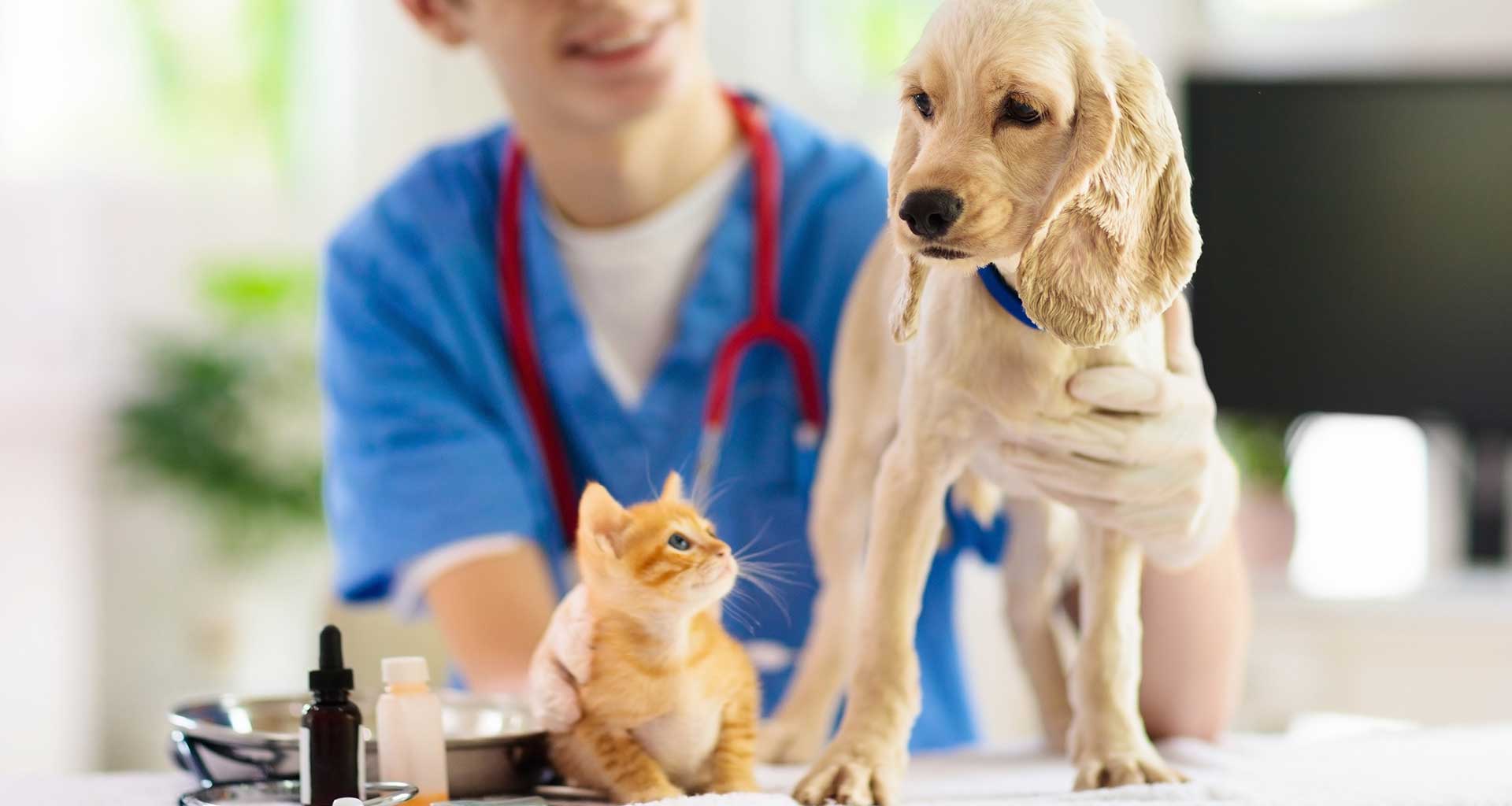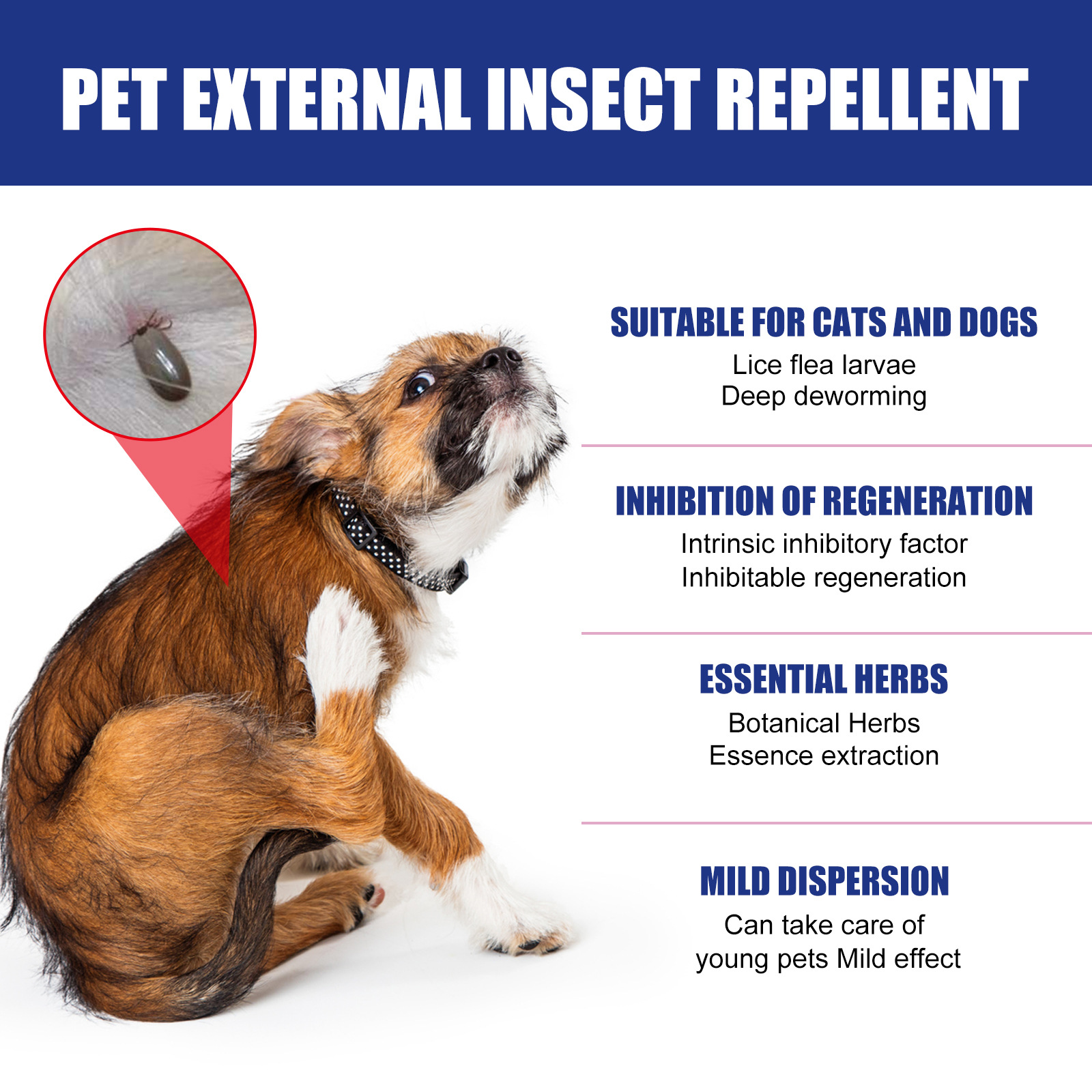Pet SCA Prevention Strategies and Benefits
Guide or Summary:Understanding Pet SCAPrevention Strategies for Pet SCABenefits of Proactive Pet SCA PreventionTitle: "Unlocking the Secrets to Pet SCA Prev……
Guide or Summary:
Title: "Unlocking the Secrets to Pet SCA Prevention: Comprehensive Strategies and Unveiling the Hidden Benefits"
In the ever-evolving world of pet care, maintaining the health and well-being of our furry friends has become paramount. One of the most pressing concerns for pet owners today is the dreaded Pet SCA, a condition that can have significant ramifications for both pets and their caregivers. This article delves into the intricacies of Pet SCA, exploring prevention strategies and the myriad benefits associated with proactive management.
Understanding Pet SCA
Before discussing prevention and benefits, it's crucial to grasp what Pet SCA entails. SCA stands for Sudden Cardiac Arrest, a condition where the heart suddenly stops beating, leading to a loss of blood flow to vital organs. In pets, this can manifest in a variety of ways, including sudden collapse, seizures, or even death. While SCA is relatively rare in pets, it is a condition that demands immediate attention and requires a proactive approach to prevention.

Prevention Strategies for Pet SCA
1. **Regular Veterinary Check-ups**: Early detection is key in managing and preventing SCA in pets. Regular veterinary visits provide an opportunity for thorough examinations, including heart health assessments, which can identify potential issues before they escalate into serious problems.
2. **Diet and Nutrition**: A balanced diet is essential for maintaining overall health, including heart health. Pet owners should consult with their veterinarians to ensure their pets are receiving the appropriate nutrition tailored to their age, breed, and lifestyle.
3. **Exercise and Lifestyle**: Regular physical activity is vital for pets, helping to maintain a healthy weight and reducing the risk of heart-related issues. However, it's important to tailor exercise routines to the specific needs and abilities of each pet.
4. **Regular Monitoring**: For pets with a higher risk of SCA, continuous monitoring through devices like heart rate monitors or activity trackers can provide valuable insights into their heart health and overall well-being.

Benefits of Proactive Pet SCA Prevention
1. **Early Detection and Treatment**: By implementing preventative measures, pet owners can increase the likelihood of early detection of SCA symptoms. Early intervention can lead to more effective treatment options and, in many cases, a better prognosis for their pets.
2. **Improved Quality of Life**: A pet with a healthy heart is likely to experience a higher quality of life. Regular exercise, balanced nutrition, and attentive care contribute to a pet's overall happiness and vitality.
3. **Reduced Anxiety and Financial Stress**: Knowing that preventative measures are in place can alleviate the anxiety associated with the potential onset of SCA. Additionally, proactive care can minimize the financial burden of emergency treatments and hospitalization.
4. **Enhanced Bonding and Trust**: Regular veterinary visits and attentive care foster a strong bond between pets and their owners. This trust is crucial for effective communication and early recognition of health issues, including SCA.

In conclusion, Pet SCA is a serious condition that demands a proactive approach to prevention. By understanding the importance of regular veterinary check-ups, balanced nutrition, exercise, and continuous monitoring, pet owners can significantly reduce the risk of SCA and enhance their pets' quality of life. The benefits of proactive management extend beyond early detection and treatment, offering peace of mind, financial savings, and a deepened bond between pets and their caregivers. Embracing these prevention strategies is not just a step towards safeguarding your pet's health; it's an investment in their well-being and happiness for years to come.